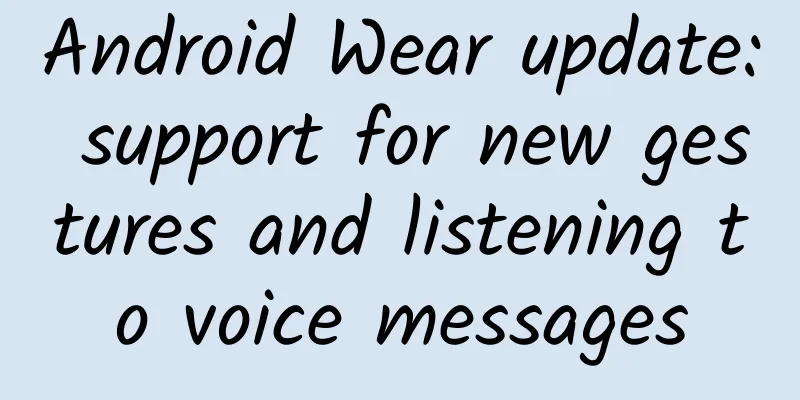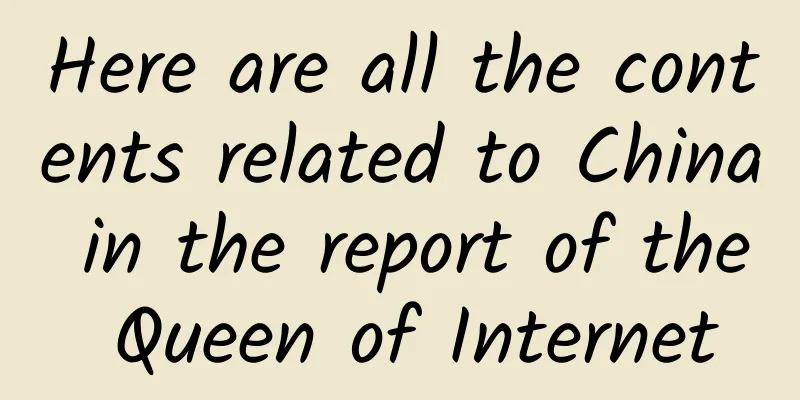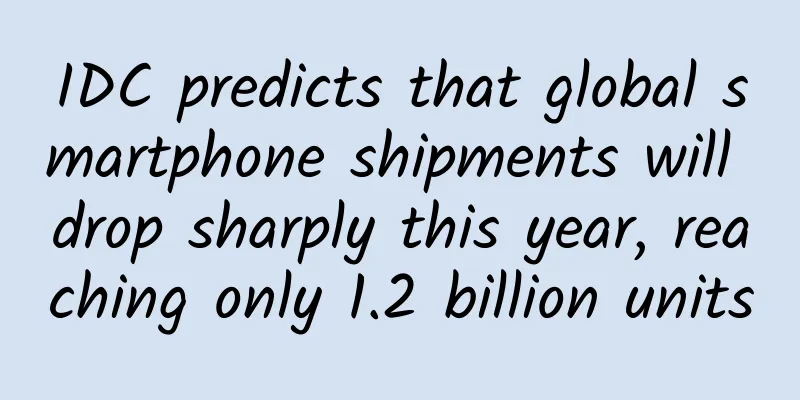iOS14 is coming soon. Lao Tang talks about the development history of iOS versions

|
In 2007, 10 years after returning to Apple, Steve Jobs launched the first generation of iPhone and iPhone runs OS X (you read that right, the first generation was not called iOS). The iPhone brought massive hype because it could put iPad, camera, mobile phone and Internet into a square device. The iPhone brought people a new understanding of mobile phones. It turned out that mobile phones could be used in this way. The original iPhone looks chubby and cute today In March 2008, Apple released iPhone OS 2 and provided developers with the iOS software development kit, encouraging developers to use the SDK officially provided by Apple to develop native applications. The second generation of iPhone has little change in appearance compared to the first generation, and the App Store is embedded Apple launched the App Store in July of that year, which was a milestone in the history of iOS development. Its appearance opened up the era of iOS and the entire mobile application era. The 70%-to-30% revenue sharing system and the good ecological environment quickly attracted a large number of iOS developers. Initially, Jobs did not intend to create an App Store, but rather a plug-in market for the Safari browser. He believed that users did not need to install software on their iPhones, and all their needs could be met in the Safari browser. Later, the iPhone was cracked, and various jailbreaking tools followed, and Jobs eventually had to compromise. Soon, the iPhone became an almost universal mobile phone: a protractor, a level, a game console, and some of the most impressive games include "drinking beer" and "blowing out candles". (Compared to traditional mobile phones, which could only perform basic operations such as making calls and sending text messages, the iPhone caused a worldwide sensation at that time). The App Store launched with over 500 apps (yes, 500 was a lot back then). When it came to Internet connectivity, Apple took things a step further with 3G and GPS technology. In the following years, Apple continued to improve the App Store, and now it has become one of the things Apple is most proud of. In 2009, iPhone OS 3.0 was more like filling in the gaps of the previous two generations of systems. For example, the horizontal mode of the keyboard, push notifications for new emails and text messages, and the basic and most important copy and paste function. iPhone 3GS skeuomorphic design In addition, the app has a controversial new look: skeuomorphism. In April 2010, Apple released iOS 3.2. iOS 3.2 was a groundbreaking evolution because it was the first mobile operating system optimized for the "large-screen" iPad tablet. In the same year, the iPhone OS operating system was officially renamed iOS at the WWDC conference (it has never been renamed since then, only the version number has changed). iOS 4 is the operating system with the biggest appearance improvement among the first four generations of iOS systems. Jobs and his design team designed complex light and shadow effects for the icons on the interface, making the entire interface look more beautiful. The iPhone 4's right-angle frame design was praised by the world as the most beautiful iPhone design at the time. At the same time, iOS 4 also brought a new multitasking feature. By double-clicking the Home button, users will see a list of commonly used applications at the bottom of the screen. With it, users can quickly switch between applications without turning pages. Of course, in addition to the operating system, the iPhone 4, which was released at the same time as iOS 4, also had an unprecedented beautiful appearance. It introduced a double-glass design on the front and back for the first time, and the thickness was only 9.2mm, setting a record for the world's thinnest smartphone at the time. In 2011, the update of iOS 5 affected the entire Apple ecosystem. iCloud is a boon for those who use multiple devices. Apple can use it to connect various devices of its own. Not long after a new phone is logged into an account, the photos on the old phone with the same account will be synchronized. This is simply black technology. iOS 5 also brought many improvements related to "information communication": such as the new iMessage and the new notification center. By creating iMessage, Apple entered new markets and gained new "enemies" such as WhatsApp. In addition, iOS 5 introduced Siri. Although it was initially criticized for its limited functionality, it was Apple's first attempt to allow users to use their iOS devices in different ways and to build Siri into a personal assistant in the iOS system. In 2012, iOS 6 was released. In this version, Apple abandoned Google Maps, which had been used for several versions, and adopted its own newly designed map software. Map elements are based on vectors, so even if you zoom in, the details of graphics and text still exist. The 3D mode allows you to view an area at a tilted and rotated angle. However, this new map software was not popular with the majority of users due to numerous errors. The wrinkled roads caused by algorithm errors and the navigation that told you to jump into the sea were laughed at by everyone. Many users complained that the new map software was the biggest setback on the iPhone 5. The iPhone 5 has no changes from the iPhone 4 except that it is longer. In addition to maps, Apple has also added many features, such as panoramic cameras and photo sharing. In 2013, iOS 7 was released. It is no exaggeration to say that this is the biggest change since the birth of iOS. This update triggered a strong discussion on the two design styles of flat and skeuomorphic. It uses a new icon interface design with hundreds of changes in total, including the control center, notification center, multitasking capabilities, etc. Many people in the Android camp laughed at Apple for learning from Android, which made Apple fans very embarrassed. A complete transformation, almost every icon has been redesigned, flat Starting with iPhone 5s, Touch ID allowed devices to be unlocked through fingerprint recognition, leading the development of the entire industry. AirDrop can also easily transfer files from one Apple device to another. iOS 7 also has many very practical features. For example, the appearance of the control center greatly simplifies the complicated operation of the iOS system. We don't have to go to the settings to turn on a Wi-Fi. This version also adds our favorite Jiugongge input method, which gives users one less reason to jailbreak. In 2014, with iOS 8 Apple decided to switch tables and add widgets. Adding customizable keyboards and the possibility of sharing files between applications is good news. This time the main concept of "continuity" is that you can read and edit iMessages or answer calls not only on iPhone, but also on Mac. All in all, this iOS 8 update makes the entire Apple ecosystem expandable and open: third-party apps can now add their own notification center widgets and access the photo library relatively easily. With the release of iOS 8, Apple also entered “new” markets: HealthKit and HomeKit. Then, in the update of iOS 8.1, NFC was also added to the iOS family. In 2015, iOS 9 came out, and without any big new "flagship" features, iOS 9 focused mainly on performance and stability improvements. Apple updated Siri, and it worked exceptionally well. Ever since Google Assistant came to the market, everyone had been skeptical of Siri, not taking it seriously. Apple showed them that Siri was just as useful and productive as ever. The iPhone 6 has this face, which has been passed down to several generations. They look the same from the front and it’s hard to tell them apart. On the other hand, there are two new features we like - 3D Touch and Night Shift. 3D Touch saves time entering apps by providing shortcuts. Night Shift helps you fall asleep faster by changing the screen color to a warmer one. There is a whole science behind this feature. In 2016, one word for iOS 10: third-party integration. iOS 10 elevated iMessage to more than just a simple app. Stickers and a separate "App Store" transformed it into a full-fledged platform, and it opened it up to third-party developers. Speaking of opening up iOS to developers, Siri can now interact with non-Apple apps, and the new "Home" app lets you control your smart home. In 2017, iOS 11 was an important moment in the brief history of iOS. By creating iOS 11, Apple literally said: Welcome to the future. First of all, we have to mention that Siri still works well and the icon design remains the same. The most outstanding surprise is the AR (augmented reality) support. This includes the mythical emojis that allow you to become an animated emoji. Of course, this version is also one of the most complained versions. The poor performance of the card and the character setting that cannot be rolled back have made countless people cry and curse after upgrading. Some people joked that iOS 11 fixed the bug that Apple's system is too smooth. In 2018, iOS 12 brought back the silky smooth system experience. Before the release of iOS 12, Apple teased the Android camp, claiming that within 7 weeks after the official launch of iOS 11, more than half of the users had updated, and the current installation rate has reached 81%, while the latest Android system version in the same period was only 6%. The key is that in terms of customer satisfaction, iOS 11 is as high as 95% (I don’t know if it’s because dissatisfied cards can’t submit satisfaction, so the satisfaction is so high). Cook released a new version and praised the old version and made fun of the rival The first major update of iOS 12 is system performance, with faster application startup and faster response speed. Apple said that ensuring faster performance of the iOS system is a challenge that Apple focuses on. The performance of iOS 12 is at least doubled compared to iOS 11, and it covers all devices from 2013 to 2017. Currently, all devices running iOS 11 can be upgraded to iOS 12, which is the widest support range in the history of iOS. In 2019, iOS 13 brought a dark mode that is different from the dark mode of existing apps. The system's built-in dark mode can adapt to the apps and built-in functions on the phone, which can not only make the visual effect better, but also improve the battery life of the iPhone. iOS 13 takes advantage of the OLED screen backlight panel of the new iPhone. The phone will be purer when displaying a black interface, and the bangs will be better hidden. The dark mode not only protects the user's eyesight to a certain extent, but also reduces power consumption and improves the battery life of the iPhone. Next, let us look forward to the arrival of iOS 14. Lao Tang Man Tan will write a review as soon as possible. Thank you for following this channel. Collecting and forwarding is the greatest support for us. |
<<: Four new and useful features! Detailed experience of the new WeChat version
>>: A 10-year Android fan gave up on iPhone after one month! Here are 21 flaws
Recommend
36 Sales Strategies, Sales Skills That Never Go Out of Style
Mr. Bao once worked for a Fortune 500 company, st...
The best eater! When a whale opens its mouth, fish will "dive" into its mouth!
Audit expert: Chen Yu Paleontological restoration...
How to monitor near-Earth asteroids? See China's Sky Eye and Compound Eye
In the solar system where we live, in addition to...
5 major APP overseas promotion channels, use them!
For most mobile application APP teams, designing ...
Microplastics that may threaten health are already in the air we breathe
Microplastics, as the name suggests, refer to ext...
In a chicken farm deep in the mountains, a "rocket" was successfully launched!
“I think I’ll see the Milky Way when I go into sp...
Xiaohongshu’s promotion strategies and methods!
Speaking of Xiaohongshu, what is the first thing ...
Searching for the Galaxy Guardians: Why aren't galaxies breaking apart?
Galaxies are the most spectacular and fundamental...
How to place Momo information flow ads? Just look at this and you will know!
When the word "Momo" comes into view, a...
The Winter Olympics menu is out! These common ingredients contain stimulants, so don't eat them!
Expert of this article: Chu Yuhao, PhD of Beijing...
Don't buy the Civic that starts at just over 100,000 yuan.
Recently, a group of Nanjing Civic owners' da...
Wedding photography advertising promotion case!
After the epidemic, the May Day holiday is approa...
Mid-Autumn Festival brand marketing planning program!
For ordinary people, Mid-Autumn Festival is a goo...
Weekly crooked review: The world after Zhou Hongyi wakes up is Lei Jun's affection
I had been following the Universal Internet Confe...
The opening is imminent! The full agenda of the iWeb Summit Beijing on August 12 is out!
In the scorching August, the most down-to-earth an...
![[Smart Farmers] Understanding the “Army Bugs”: Why is the Fall Armyworm so lethal?](/upload/images/67f2375897ca8.webp)








